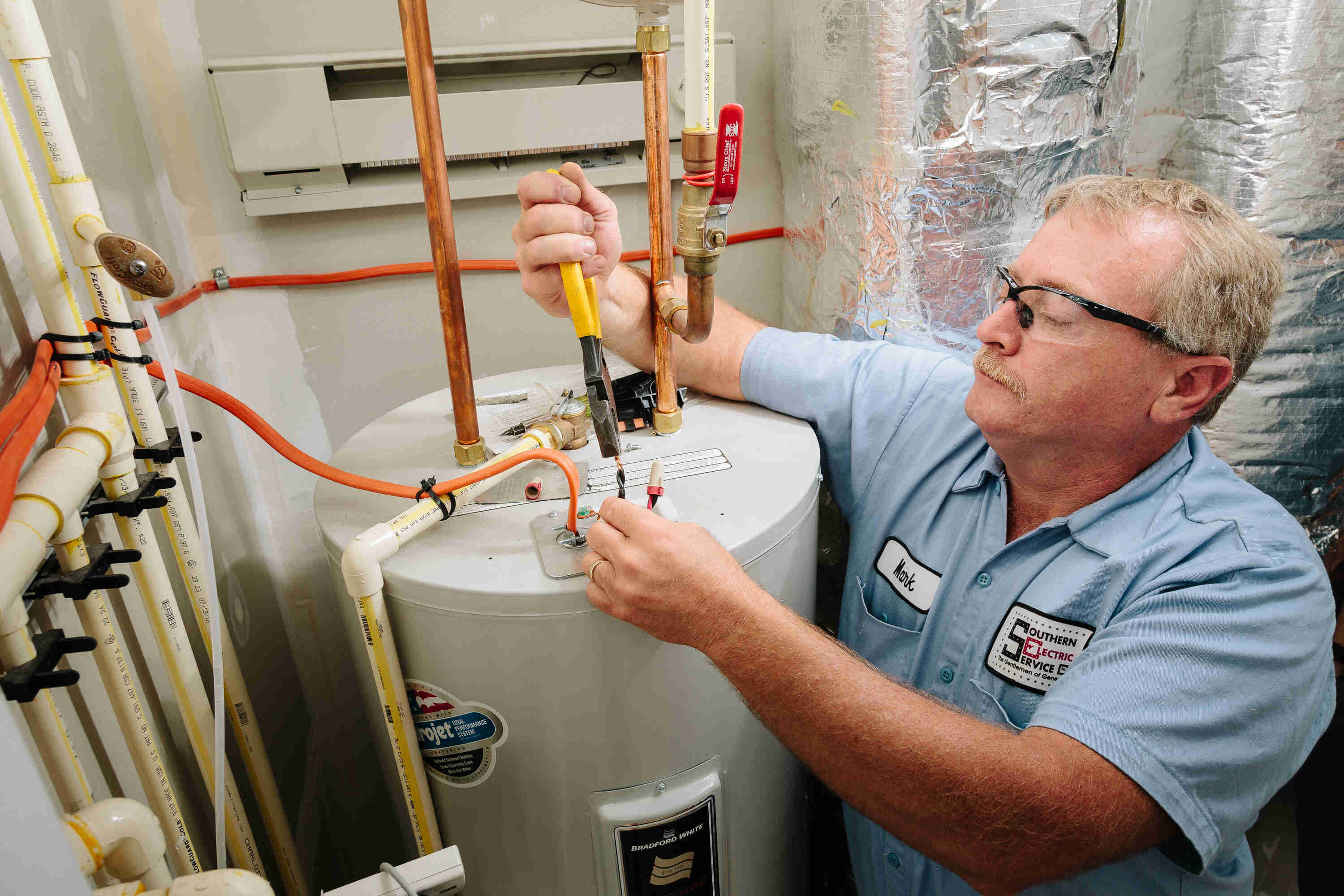Best Practices for Maintaining Your Home's Hot Water SystemEffective Techniques for Caring for Your Home's Hot Water System
Best Practices for Maintaining Your Home's Hot Water SystemEffective Techniques for Caring for Your Home's Hot Water System
Blog Article
Almost everyone may have their private opinion with regards to How to Maintain a Hot Water Heater in a Few Simple Steps.

Warm water is essential for daily convenience, whether it's for a refreshing shower or washing meals. To guarantee your hot water system runs successfully and lasts longer, regular maintenance is vital. This article supplies practical suggestions and understandings on how to preserve your home's warm water system to avoid interruptions and expensive fixings.
Intro
Maintaining your home's hot water system may seem difficult, however with a couple of straightforward steps, you can ensure it operates efficiently for years to come. This overview covers everything from understanding your hot water system to do it yourself upkeep pointers and understanding when to call specialist assistance.
Relevance of Maintaining Your Hot Water System
Normal maintenance not only expands the lifespan of your hot water system yet also ensures it runs successfully. Overlooking upkeep can lead to reduced performance, greater energy expenses, and also premature failure of the system.
Indicators Your Warm Water System Demands Upkeep
Recognizing when your warm water system requires focus can prevent major issues. Watch out for indicators such as irregular water temperature level, weird sounds from the heating system, or corroded water.
Recognizing Your Warm Water System
Prior to diving right into upkeep jobs, it's practical to comprehend the basic components of your hot water system. Commonly, this includes the water heater itself, pipelines, anode poles, and temperature level controls.
Regular Monthly Maintenance Tasks
Routine monthly checks can aid capture small problems before they rise.
Purging the Hot Water Heater
Flushing your water heater removes sediment build-up, enhancing efficiency and prolonging its life.
Monitoring and Changing Anode Rods
Anode poles avoid rust inside the tank. Inspecting and changing them when broken is important.
Examining and Readjusting Temperature Level Settings
Readjusting the temperature level settings ensures ideal performance and safety.
Do It Yourself Tips for Upkeep
You can carry out several upkeep tasks yourself to maintain your warm water system in top problem.
Checking for Leakages
On a regular basis check pipes and links for leakages, as these can result in water damages and higher costs.
Checking Pressure Alleviation Valves
Checking the pressure safety valve ensures it operates properly and prevents too much pressure build-up.
Protecting Pipes
Shielding hot water pipes decreases warmth loss and can conserve energy.
When to Call a Specialist
While DIY upkeep is useful, some issues require specialist competence.
Complex Problems Requiring Specialist Help
Instances include significant leaks, electrical issues, or if your water heater is constantly underperforming.
Routine Expert Maintenance Perks
Professional maintenance can include complete inspections, tune-ups, and making sure compliance with security standards.
Final thought
Normal maintenance of your home's warm water system is vital for performance, longevity, and expense financial savings. By following these ideas and knowing when to seek specialist assistance, you can make sure a reliable supply of warm water without unexpected disruptions.
How to Maintain an Instant Hot Water Heater
Before tinkering with your hot water heater, make sure that it’s not powered on. You also have to turn off the main circuit breaker and shut off the main gas line to prevent accidents. Also turn off the water valves connected to your unit to prevent water from flowing into and out of the appliance. 2. When you’re done, you have to detach the purge valves’ caps. These look like the letter “T” and are situated on either side of the water valves. Doing so will release any pressure that has accumulated inside the valves while at the same time avoid hot water from shooting out and burning your skin. 3. When the purge valves’ caps are removed, you have to connect your hosing lines to the valves. Your unit should have come with three hoses but if it didn’t, you can purchase these things from any hardware or home repair shops. You can also get them from retail stores that sell water heating systems. Read the user’s manual and follow it to complete this task properly. When the hosing lines are connected, open the purge port’s valves. 4. You should never use harsh chemical cleaners or solutions when cleaning your unit. Make use of white vinegar instead. It should be undiluted and you’ll probably use about 2 gallons. 5. Now flush your water heater. This task should probably take about 40 minutes. We can’t give you specific directions for this because the procedure is carried out depending on the type, model and brand of your heater. With that being said, refer to the user’s manual. 6. When you’re done draining the unit, you have to turn off the purge port valves again. Remove the hosing lines that you earlier installed on each of the water valves. Put the valve caps (purge port) back in their respective places and be very careful so as not to damage the rubber discs that are found inside these caps. 7. Now that everything’s back in place, check your user’s manual again to find out how to reactivate your water heating system. 8. Once it is working, turn one of your hot water faucets on just to let air pass through the heater’s water supply pipes. Leave the tap on until water flows smoothly out of it. https://www.orrplumbing.com/blog/2014/september/how-to-maintain-an-instant-hot-water-heater/

I ran across that content on Water Heater Maintenance Tips You Can't Afford to Forget while doing a search on the search engines. Do you know anybody else who is sincerely interested in the subject? Please feel free to share it. Thank you for being here. Kindly check up our site back soon.
At This Website Report this page